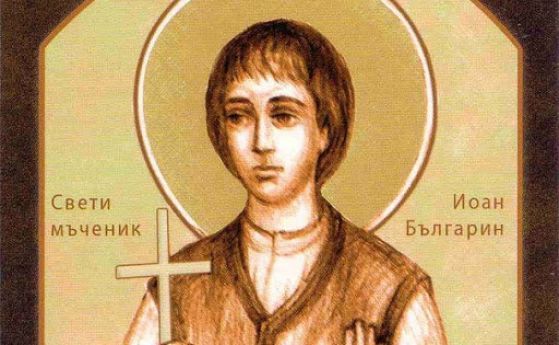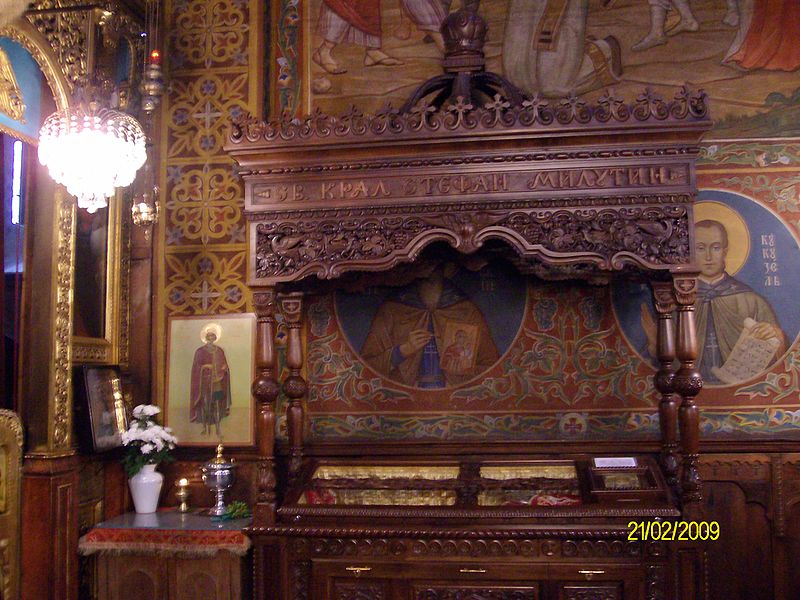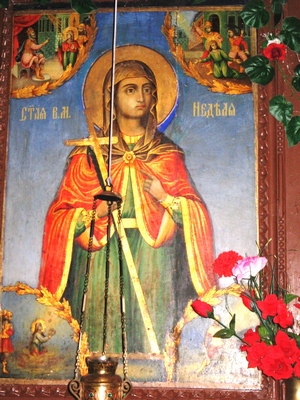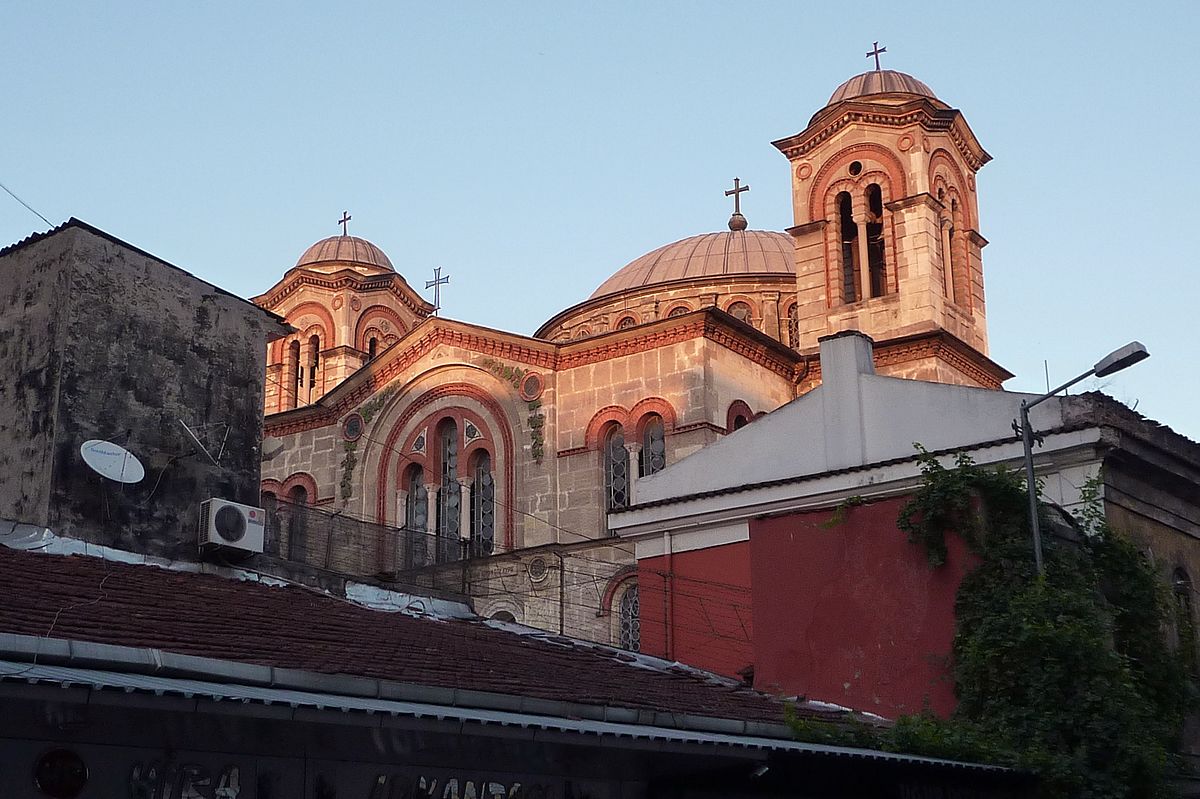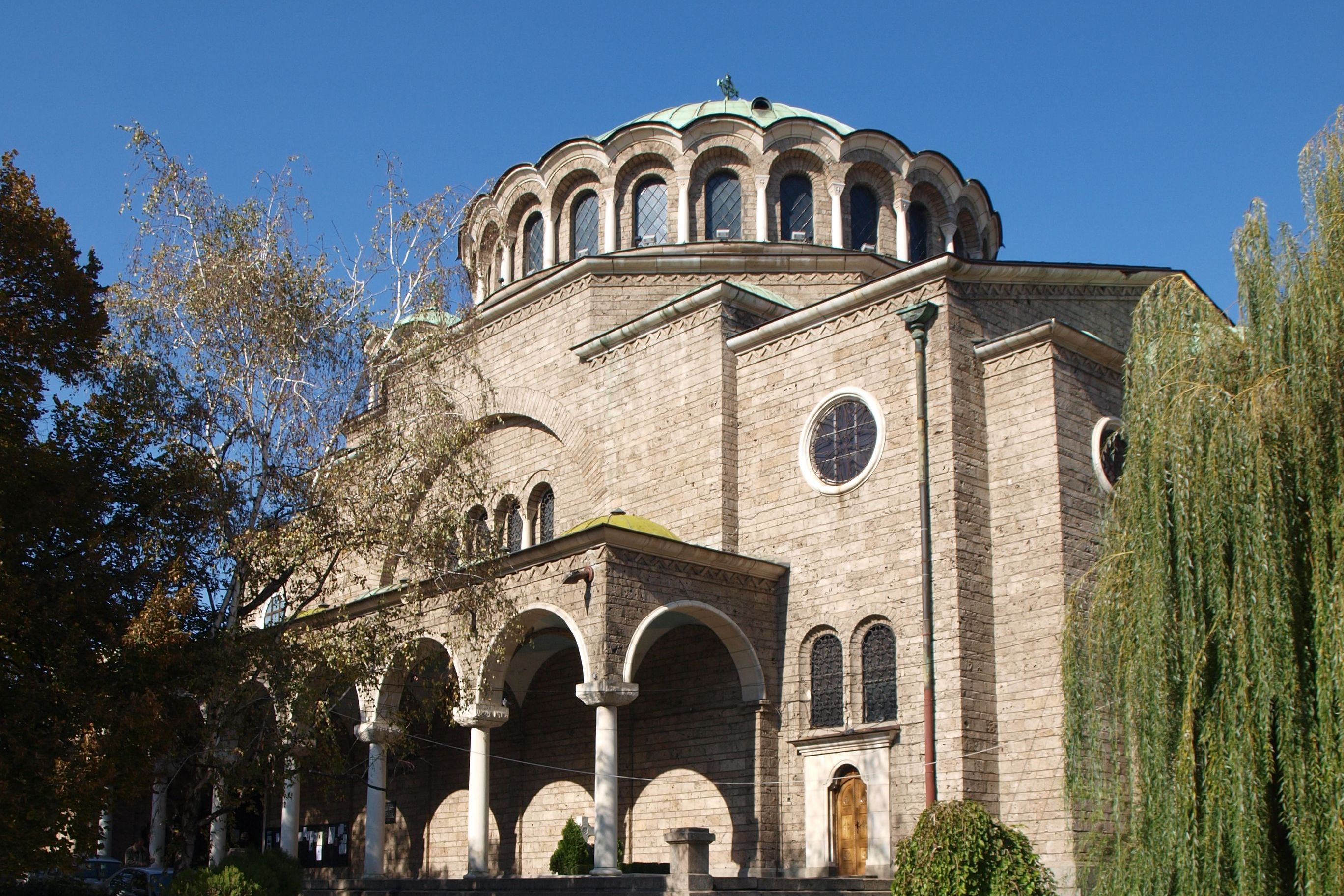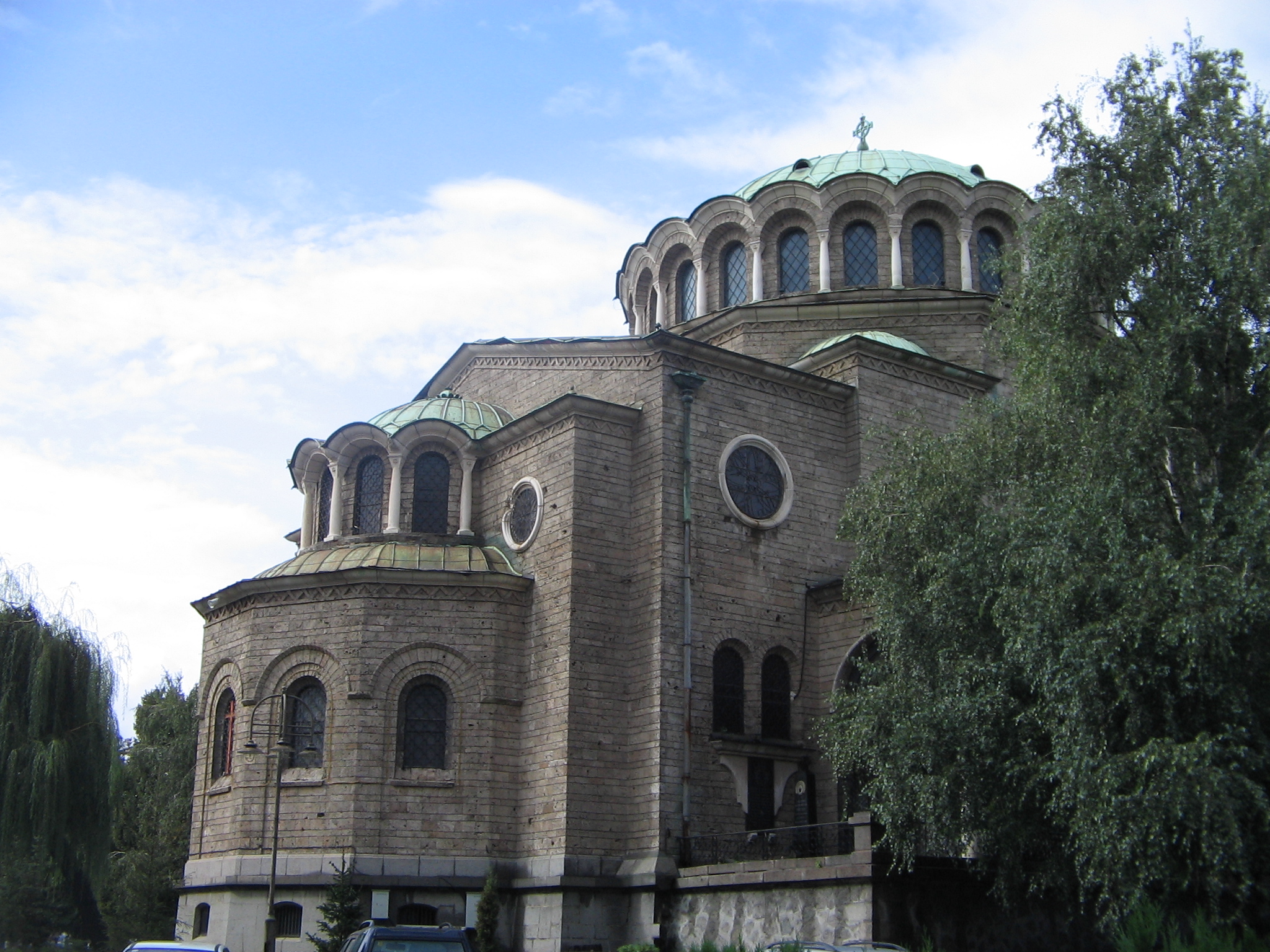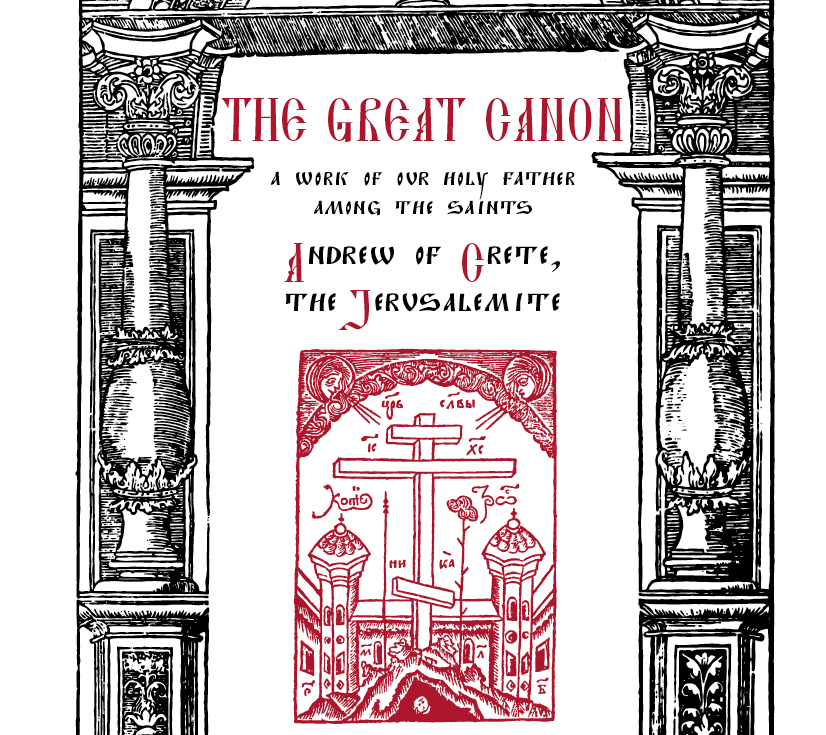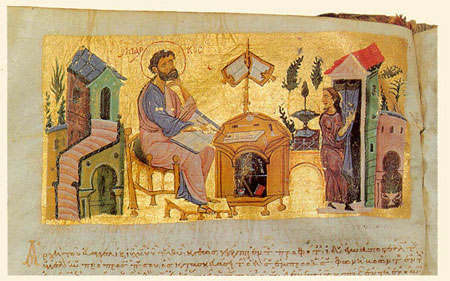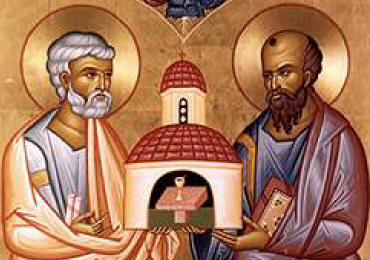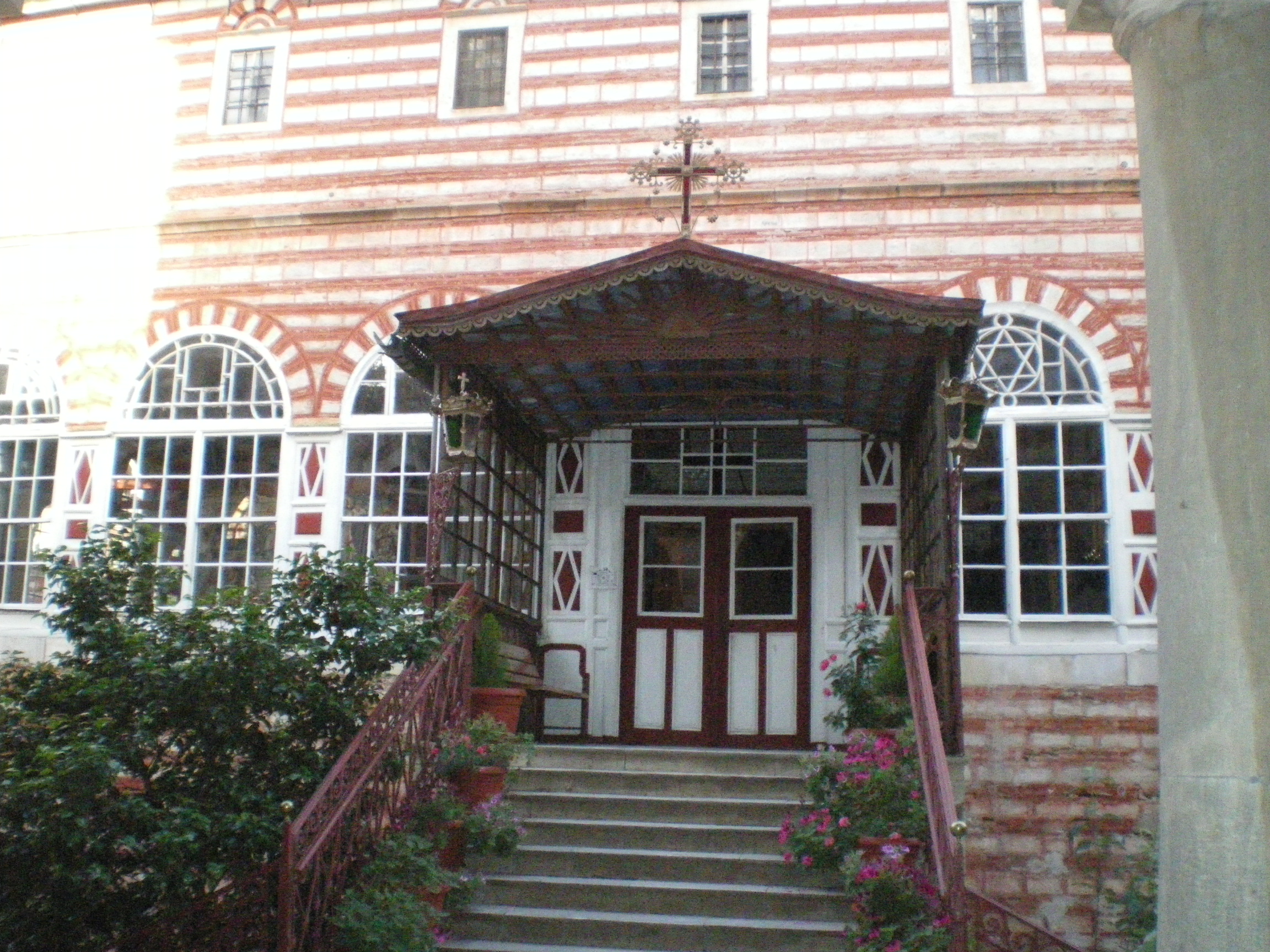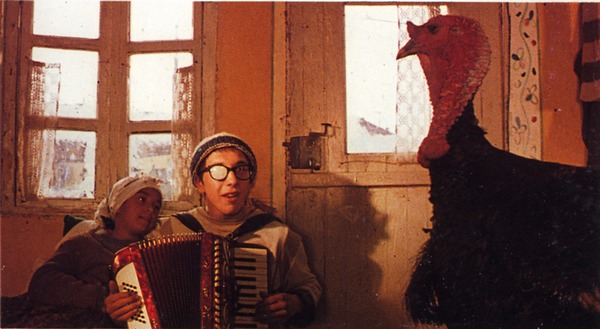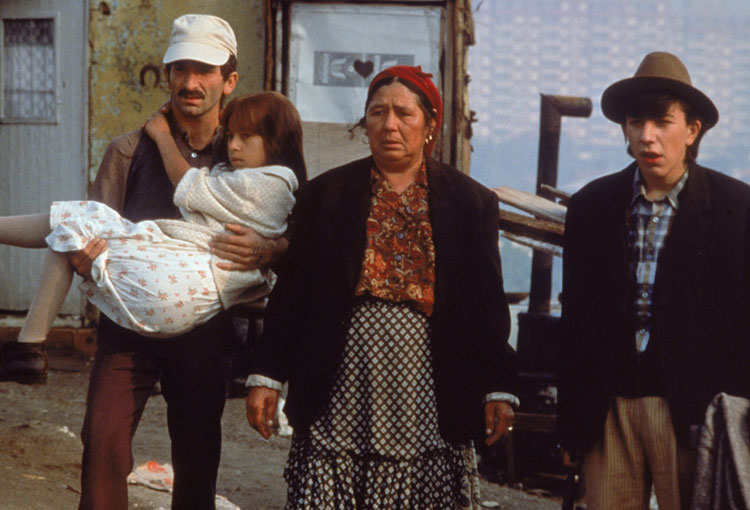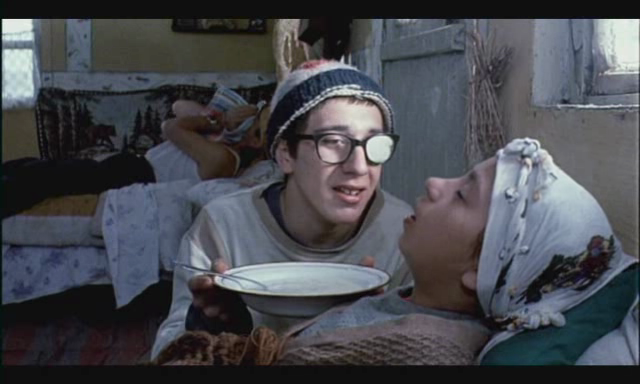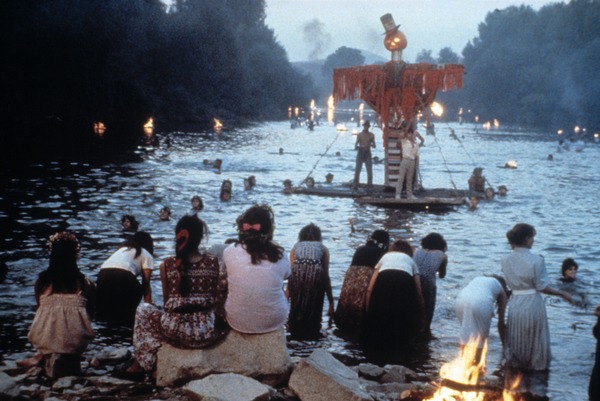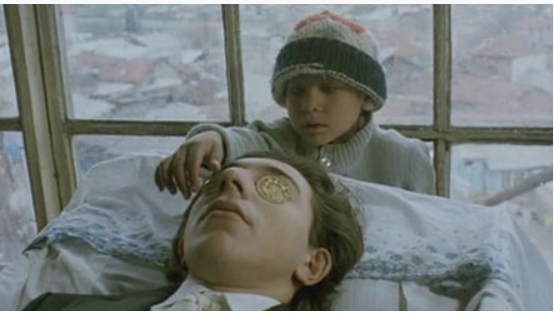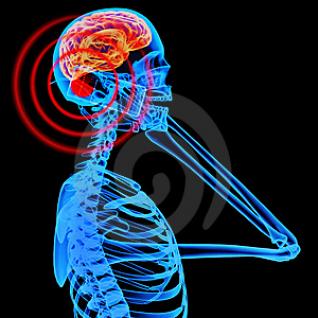Life of St. Martyr John the Bulgarian – born circa year 1763 martyred 5 of March, 1784
Blessed John was a native of Bulgarian and as such he has been by inheritance an Orthodox Christian in the 18 century, where still Bulgaria was under the Ottoman Turks Slavery in which time being an Orthodox Christian was taugh as often Turks did they best to convert every Christian they can to the truthful in their opinion Islamic faith. Under the atmosphere of many great hardship for Christians.
By some chance he succumbed to the devil's wiles and denied Christ.
But after some time he realized his great transgression, feeling he fall badly from Grace and began to repent of his denial of the Christian faith.
In this state of mind, seeking to calm his conscience (internal voice of the soul who was talking in him that he did a huge wrong against the love of the Good Christ, he left his birthplace and came to Mount Athos, looking for help to heal his great soul wound.
Here John served, a spiritual elder for three years for the sake to receive a great help for his soul and receive forgiveness for his deniel of Christ. But because his conscience still troubled him,
he was always depressed, sad, and silent and couldn't find peace with himself.
His very appearance indicated from far sight that he had suffered some great accident or badness in his life which doesn't give him any moment of peace and does not give him to living just like every ordinary person did.
As he could no longer bear the pangs of conscience of the internal man, John left Holy Mount Athos, came to Constantinople (Istanbul), dressed as a turk and in this guise entered the "Hagia Sophia (Wisdom of God)" mosque, which for many years has been the greatest symbol of Orthodox Christianity until the fall of Constantinople under Turks on May 29 1451.
There he began to cross himself with the Sign of the Cross, the Orthodox Christians does and to pray in a Christian way, which greatly smite the Agarians.
Enraged, they attacked him harshly and asked him why he was doing this?
In a responce, he fearlessly confessed that he was a Christian, and that is why he Crossed himself as a Christian and worshiped Christ Only, who is the Son of God and true God!
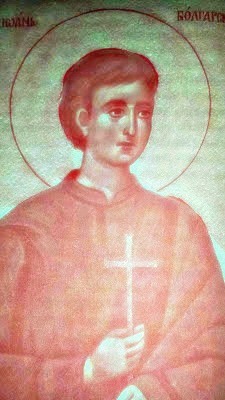
The Hagarenes tried to divert him from his firm Creed of Faith (to save his earthly life) – as it was the common norm that "anyone who did such a shameful to muslims deed was worthy for dead", but when they tried hard to make him denounce his deed, pardon himself for his "unrighteous deed against the prophet Mohammed" and the Islamic faith but failed and were completely convinced that John was adamant and will not renounce his beliefs neither sorry for his embarassment, they immediately cut off his head outside in the courtyard of Hagia Sophia.
This happened on March 5, 1784. Thus, blessed John received a bright martyr's crown from Christ God at the age of 19 (and according to other biographical sources when he was just 18 years old).
Living Source © Lives of the Saints. Synodal Publishing House, Sofia, 1991
Living of St. John the Bulgarian (from the Greek Neon Martirologon)
Blessed John was a native from Bulgaria, young in age, about 18 years old, handsome in face, and literate.
On some occasion that befell him, he renounced – alas! from Christ.
But then, after a short time, he became aware of the evil he had done, repented and, leaving his birthplace, came to Holy Mount Athos monk republic and stayed in the great Lavra of St. Athanasius (founded in year 963 AD), where he ministered to a crippled spiritual elder and along dedicating his time to reading the holy books.
But because his conscience was gnawing o him because, the denial of Christ committed, he always walked dark, sorrowful and silent, so that by his sad appearance he showed everyone that he had experienced some great misfortune.
So, one day, under the pretext of going to his native place, he set out and went to Constantinople, where he put a Turkish distingushing muslim uniform that every muslim wear the red hat (fez) on his head and put on red shoes on his feet, and in this guise entered the mosque of Hagia Sophia (that was then a mosque but earlier the most glorious Christian temple who Saint Constantine has built and a symbol to the world for Christian). There he began to be crossing his shoulders with the sign of the cross and perform Christian worship.
When the Agareans saw him, they were indignant and fell upon him and sternly asked him why he was doing this?
And he, fearlessly confessed that he was a Christian and as a Christian he depicts the sign of Salvation his Life giving Cross and worships Jesus Christ, who is the Son of God and God.
The Agareans tried in various ways to convert him to islam, but found no way.
Finally, seeing the steadfastness of his conviction, they beheaded him outside the courtyard of the aforementioned mosque, and in this way, on March 5, 1784, the saint received the crown of martyrdom from Christ our God, Who deserves glory and power throughout the ages!
Amen!
Living Source: From "Neon Martirologon", a translation from the Greek epic. Parthenius
